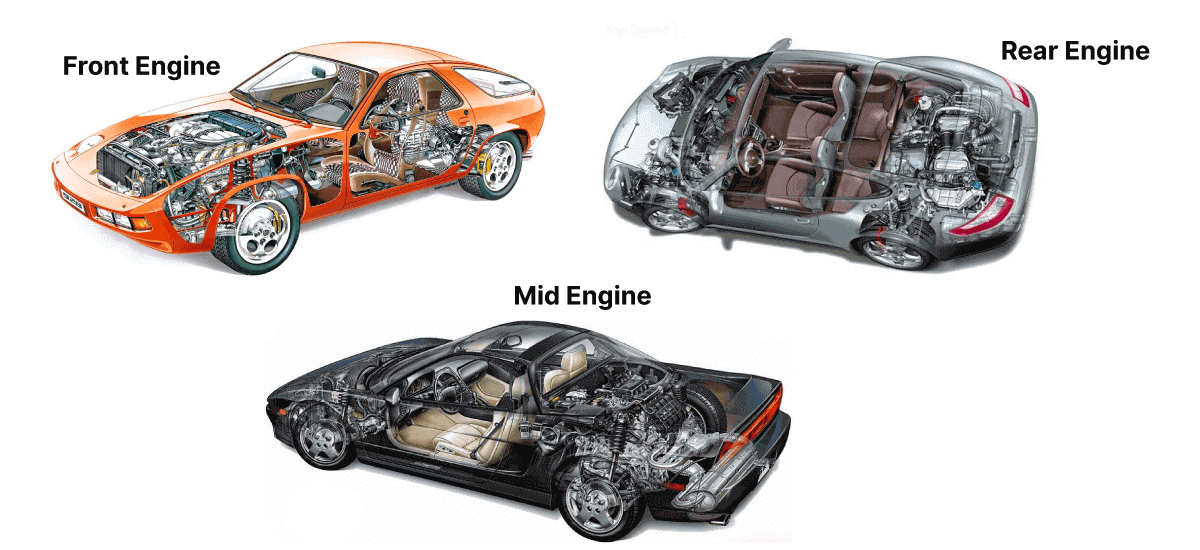How to Service a Mid-Engine Car
Servicing a mid-engine car can be a bit more challenging than servicing a front- or rear-engine car, but it’s not impossible. With a little patience and the right tools, you can keep your mid-engine car running smoothly.
Safety First!
Before you start working on your mid-engine car, be sure to take the following safety precautions:
– Park the car on a level surface and engage the parking brake.
– Disconnect the negative battery terminal.
– Allow the engine to cool down completely.
– Wear safety glasses and gloves.
Tools You’ll Need
You’ll need the following tools to service your mid-engine car:
– Socket wrench set
– Wrenches
– Screwdrivers
– Pliers
– Oil filter wrench
– Funnel
– Oil drain pan
– New oil and filter
– New spark plugs (if needed)
Step-by-Step Instructions
1. **Remove the engine cover.** The engine cover is usually held in place by a few bolts. Remove the bolts and lift off the cover.
2. **Check the oil level.** Use the dipstick to check the oil level. The oil level should be between the “min” and “max” marks on the dipstick. If the oil level is low, add oil until it reaches the “max” mark.
3. **Change the oil and filter.** Place the oil drain pan under the engine oil drain plug. Remove the oil drain plug and allow the oil to drain out. Once the oil has drained out, replace the oil drain plug and tighten it to the specified torque. Remove the old oil filter and replace it with a new one. Tighten the oil filter to the specified torque.
4. **Inspect the spark plugs.** Remove the spark plugs and inspect them for wear. If the spark plugs are worn, replace them with new ones.
5. **Check the coolant level.** Use the coolant reservoir to check the coolant level. The coolant level should be between the “min” and “max” marks on the reservoir. If the coolant level is low, add coolant until it reaches the “max” mark.
6. **Check the brake fluid level.** Use the brake fluid reservoir to check the brake fluid level. The brake fluid level should be between the “min” and “max” marks on the reservoir. If the brake fluid level is low, add brake fluid until it reaches the “max” mark.
7. **Check the tire pressure.** Use a tire pressure gauge to check the tire pressure. The tire pressure should be inflated to the specified pressure for your car.
8. **Reinstall the engine cover.** Place the engine cover back on the engine and tighten the bolts to the specified torque.
Tips
– When changing the oil, be sure to use the correct type of oil for your car.
– When checking the coolant level, be sure to use the correct type of coolant for your car.
– When checking the brake fluid level, be sure to use the correct type of brake fluid for your car.
– If you’re not comfortable servicing your mid-engine car yourself, you can take it to a qualified mechanic.
Conclusion
Servicing a mid-engine car can be a bit more challenging than servicing a front- or rear-engine car, but it’s not impossible. With a little patience and the right tools, you can keep your mid-engine car running smoothly.





